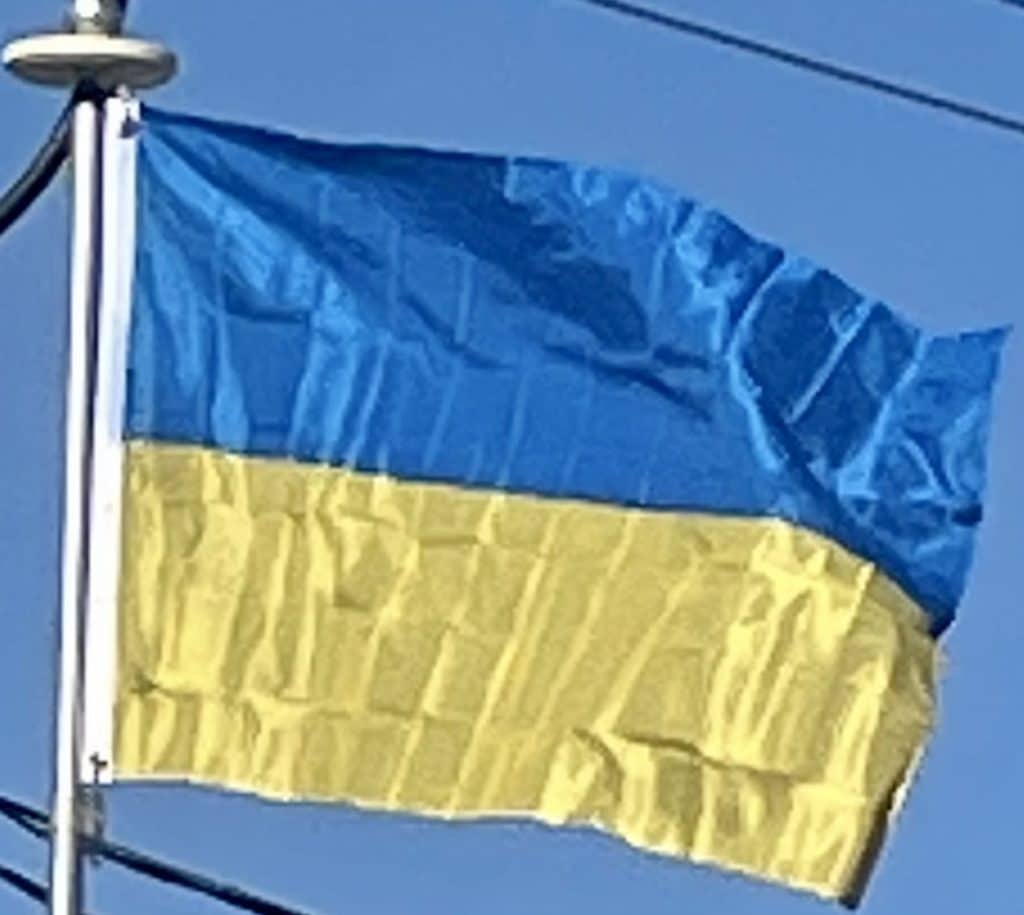


Marshal Timoshenko
In total, the number of ethnic Ukrainians who fought in the ranks of the Soviet Army is estimated from 4.5 million to 7 million. The pro-Soviet partisan guerrilla resistance in Ukraine is estimated to number at 47,800 from the start of occupation to 500,000 at its peak in 1944, with about 50% being ethnic Ukrainians. Generally, the Ukrainian Insurgent Army’s figures are unreliable, with figures ranging anywhere from 15,000 to as many as 100,000 fighters.
Most of the Ukrainian SSR was organized within the Reichskommissariat Ukraine, with the intention of exploiting its resources and eventual German settlement. Some western Ukrainians, who had only joined the Soviet Union in 1939, hailed the Germans as liberators. Brutal German rule eventually turned their supporters against the Nazi administrators, who made little attempt to exploit dissatisfaction with Stalinist policies. Instead, the Nazis preserved the collective-farm system, carried out genocidal policies against Jews, deported millions of people to work in Germany, and began a depopulation program to prepare for German colonization. They blockaded the transport of food on the Kyiv River.
The vast majority of the fighting in World War II took place on the Eastern Front. By some estimates, 93% of all German casualties took place there. The total losses inflicted upon the Ukrainian population during the war are estimated at about 6 million, including an estimated one and a half million Jews killed by the Einsatzgruppen, sometimes with the help of local collaborators. Of the estimated 8.6 million Soviet troop losses, 1.4 million were ethnic Ukrainians. Victory Day is celebrated as one of ten Ukrainian national holidays. The losses of the Ukrainian people in the war amounted to 40-44% of the total losses of the USSR.

Following the death of Stalin in 1953, Nikita Khrushchev became the new leader of the USSR. Having served as First Secretary of the Communist Party of Ukrainian SSR in 1938–49, Khrushchev was intimately familiar with the republic; after taking power union-wide, he began to emphasize “the friendship” between the Ukrainian and Russian nations. In 1954, the 300th anniversary of the Treaty of Pereyaslav was widely celebrated. Crimea was transferred from the Russian SFSR to the Ukrainian SSR.
By 1950, the republic had fully surpassed pre-war levels of industry and production. During the 1946–1950 five-year plan, nearly 20% of the Soviet budget was invested in Soviet Ukraine, a 5% increase from pre-war plans. As a result, the Ukrainian workforce rose 33.2% from 1940 to 1955 while industrial output grew 2.2 times in that same period.